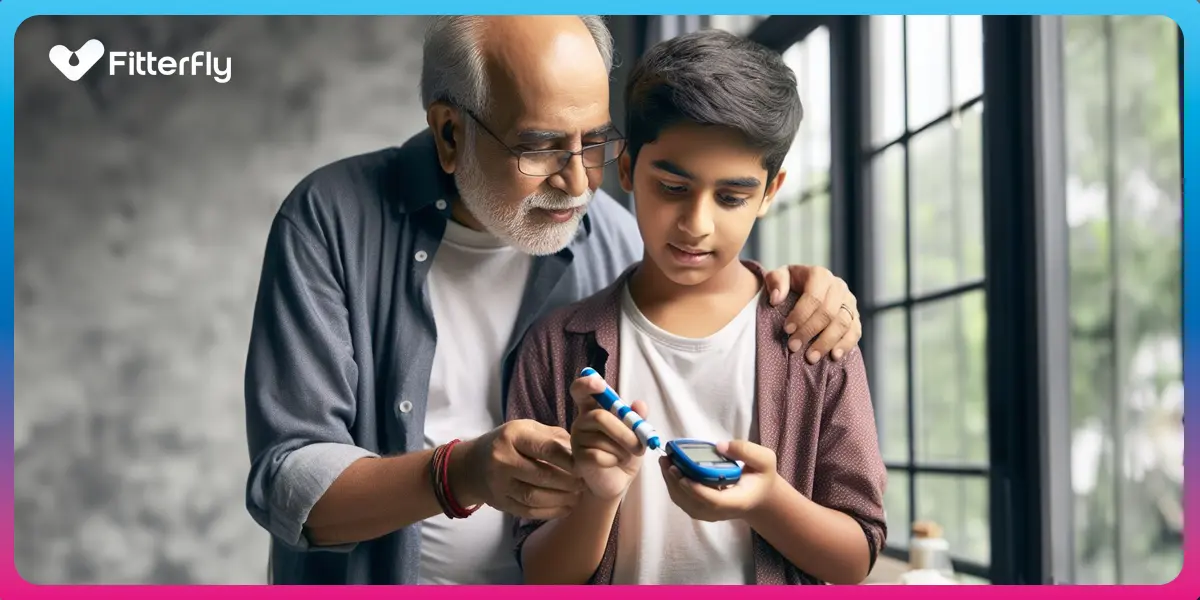
If you’re reading this, chances are you smoke, or someone close to you does. Maybe quitting has been attempted before, or maybe it still feels like a few cigarettes a day won’t cause much harm.
But every cigarette does more damage than it seems. And it’s not just about your personal health; it affects families, finances, and the future.
Smoking is not just a habit – it’s a dependency that slowly takes control of daily life. The negative impact is in every aspect of life you can think of- internal, financial, psychological, social and even national (yes, smoking harms our country’s GDP too).
How Smoking is Destroying Your Body – Even If You Don’t Feel It Yet
We all know smoking is bad. But do you really know how bad?
The effects of smoking go beyond just the lungs. It accelerates ageing, damages hair, and takes a toll on oral health.
🛑 Skin ages faster – Smokers get wrinkles and fine lines much earlier than non-smokers. A person in their 30s may appear to be in their 40s. Skin can become dull, saggy, and lifeless over time.
🛑 Hair becomes brittle and thin – If you are noticing that your hair is breaking, thinning or greying, then smoking could be one of the top reasons. It completely damages your hair follicles, and what you see is the result!
🛑 Dental health deteriorates – Yellow teeth, bad breath, and gum disease are common consequences of smoking. It can lead to discomfort and reluctance in social interactions.
🛑 Lung function declines –. Continued smoking increases the risk of developing COPD (Chronic Obstructive Pulmonary Disease) and lung cancer.
🛑 Heart disease and stroke risks increase significantly – Even young smokers have arteries that are gradually narrowing. Many heart surgeons frequently operate on smokers due to these risks.
But smoking doesn’t just affect you – it also harms those around you.
The Impact of Smoking on Others Around You
Passive smoking, or exposure to secondhand smoke, significantly affects those nearby. It puts your family, friends, and colleagues at risk of severe health complications.
- Children inhale toxic chemicals, increasing their risk of asthma, pneumonia, and lung infections.
- Non-smoking partners have a higher likelihood of developing heart disease and cancer.
- Pregnant women exposed to smoke are at a greater risk of miscarriage, premature birth, and Sudden Infant Death Syndrome (SIDS).
The consequences of smoking extend beyond personal health to those who share your environment every day.
The Financial Burden of Smoking
If you think that smoking is not just a health issue, you are wrong! It is a HUGE financial drain on you. The costs associated with smoking go beyond just buying cigarettes.
- A pack of cigarettes costs around ₹300. A daily smoker spends ₹9,000 a month and ₹1,08,000 a year.
- Beyond cigarettes, smokers frequently buy lighters, matchboxes, and mints to mask the smell. While these seem like small expenses, they add up significantly over time.
- You know, the moment you enter a hospital, your “bill meter is down”, and it doesn’t even stop after you get out! Smoking makes that bill go faster. In addition, your insurance premiums will also be higher, or worse, you won’t be eligible for insurance. In India, smoking-related diseases account for a significant portion of healthcare expenses, with millions spent annually on treatment for conditions caused by tobacco use.
- If income is already limited, smoking is an unnecessary expense that prevents savings, investments, or spending on necessities and personal growth.
The money spent on smoking could instead fund a family vacation, a new gadget, or even contribute to a secure retirement plan.
Despite these expenses, many believe reducing the number of cigarettes per day is enough. However, that’s a misconception.
The Reality of “Just a Few Cigarettes”
The Centers for Disease Control and Prevention (CDC) states that even smoking one or two cigarettes a day increases the risk of heart disease and stroke The American Cancer Society suggests reducing cigarette consumption by 50% as a stepping stone towards quitting. However, cutting down alone is not enough – quitting completely is the only way to truly protect your health.
The goal should not be just reducing but eliminating cigarettes altogether. Fortunately, there are ways to make the quitting process manageable.
7 Effective Ways to Quit Smoking
Quitting is challenging but achievable. Here’s how to make it work in real-life situations:
1. Identify Triggers
If stress at work leads to lighting up, replacing the urge with a five-minute deep breathing exercise can help. Holding a drink or snack in social settings can also reduce temptation.
2. Delay the First Cigarette
Instead of lighting up first thing in the morning, pushing it back by 30 minutes helps build self-control. Gradually increasing the time gap every few days makes it easier to smoke less over time.
3. Gradual Reduction with Cognitive Delay
Instead of aiming for zero cigarettes immediately, delaying each one by 30 minutes to an hour allows for natural self-control. A person smoking 10 cigarettes a day can gradually move to 8, then 4, then 2, and eventually quit completely.
4. Replace the Habit
Instead of reaching for a cigarette after meals, chewing sugar-free gum, sipping herbal tea, or taking a short walk keeps hands and mouth occupied and reduces cravings.
5. Seek Support
Talking to family members about quitting, joining quit-smoking groups, or using apps like ‘QuitSure’ and ‘Smokefree’ helps track progress and stay motivated.
6. Use Nicotine Replacement Therapy
If cravings become overwhelming or unbearable, or extremely tempting, nicotine patches, lozenges, or chewing gum can ease withdrawal symptoms in a controlled manner.
7. Focus on the Benefits
Each cigarette skipped leads to fresher breath, clearer skin, improved stamina, and significant savings. Keeping these benefits in mind makes it easier to stay committed.
The decision to quit smoking is an urgent one. The sooner the process begins, the better the results.
Quit Smoking with Fitterfly’s Program
A perfect plan is not necessary, nor is waiting for the right time. The best time to quit smoking is today. Not next week, not next month -it’s now.
Fitterfly’s Quit Smoking Program is designed to help break free from smoking in just 12 weeks. Through expert-led smoking cessation therapy, personalized guidance, community support, and proven techniques like Hypnosis, Dialectical Behavior Therapy, and Mindfulness, this program provides the right tools to quit for good.
With one-on-one virtual consultations, weekly expert-led group therapy, and comprehensive assessments, the program offers support to overcome cravings, manage triggers, and stay smoke-free.
Take that first step now. You can do it!
|
📞 Contact for more details: |
This blog provides general information for educational and informational purposes only and shouldn't be seen as professional advice.


















